
Situated 500 km south of Moscow, Voronezh definitely is a picturesque city.
Legion MediaEven (or especially) for Russians, Voronezh is not the most glamorous destination despite its big-city status (1.03 million inhabitants). It is not the capital like Moscow, nor an important cultural symbol like St. Petersburg, nor far and exotic like Vladivostok, nor warm and tropical like Sochi, but a typical regional center like any other.
Yet Voronezh has its plus points. It is easily reachable from Moscow: less than seven hours by double-decker train for about 1,000 rubles ($15), so a two-day trip is no problem if you’re in the capital. The climate is another bonus. Further south than Moscow, the weather is milder and warmer. But what is there to do in Voronezh?
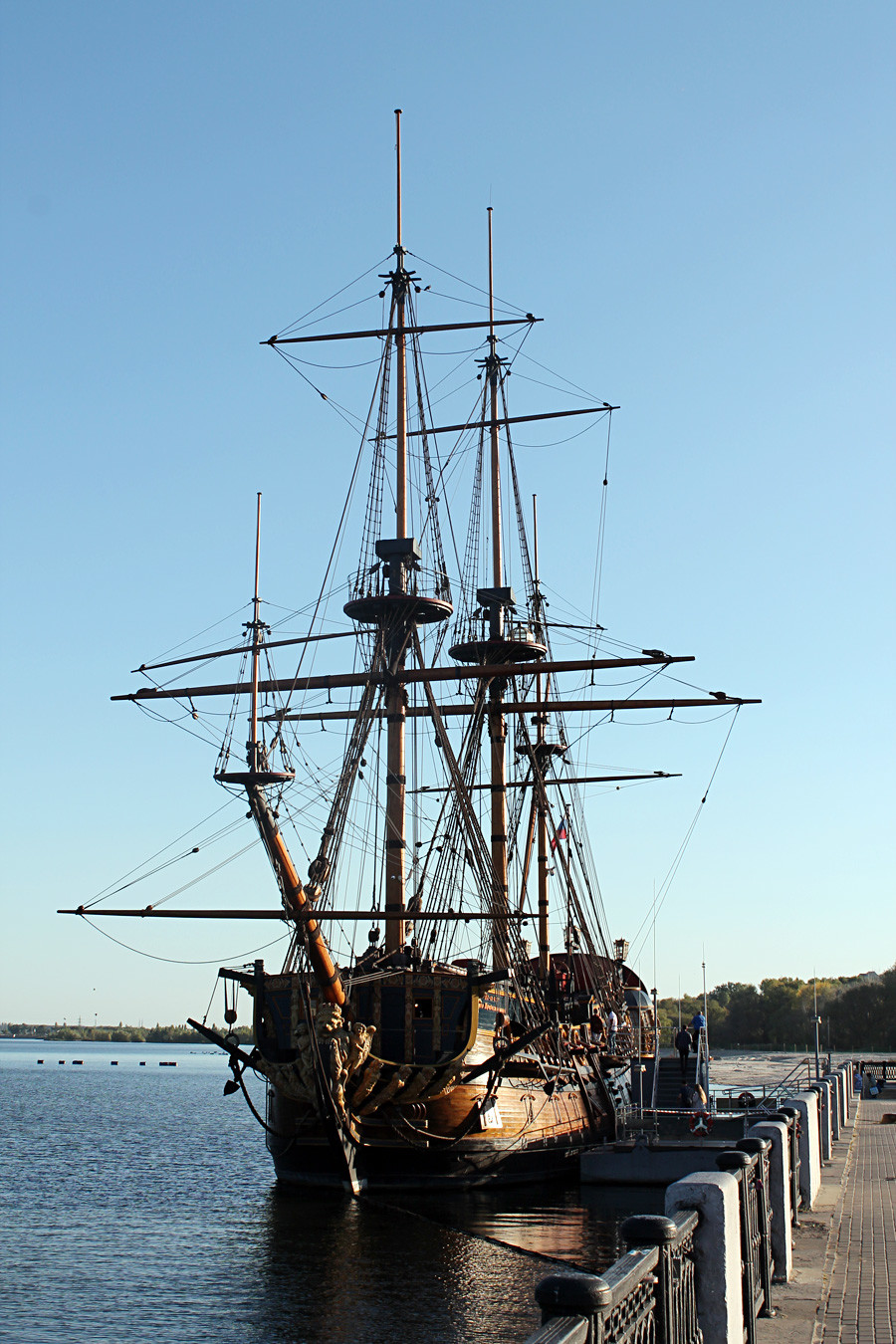
The Goto Predestinatsia warship.
Oleg YegorovThe most famous of them is Goto Predestinatsia (God's Predestination), the first 4th-class battleship, mounted with 58 cannons, built at the Voronezh shipyards in 1700. Before that, the Russian fleet had no vessels of such size


Like many other provincial cities in Russia, Voronezh combines the coziness of old Russian life with glittering modernity. But here the landscape makes it even more eye-catching.
The historical part of the city lies on a steep hill on the right bank of the Voronezh river. The top is traversed by streets lined with Soviet buildings, interspersed with ultramodern
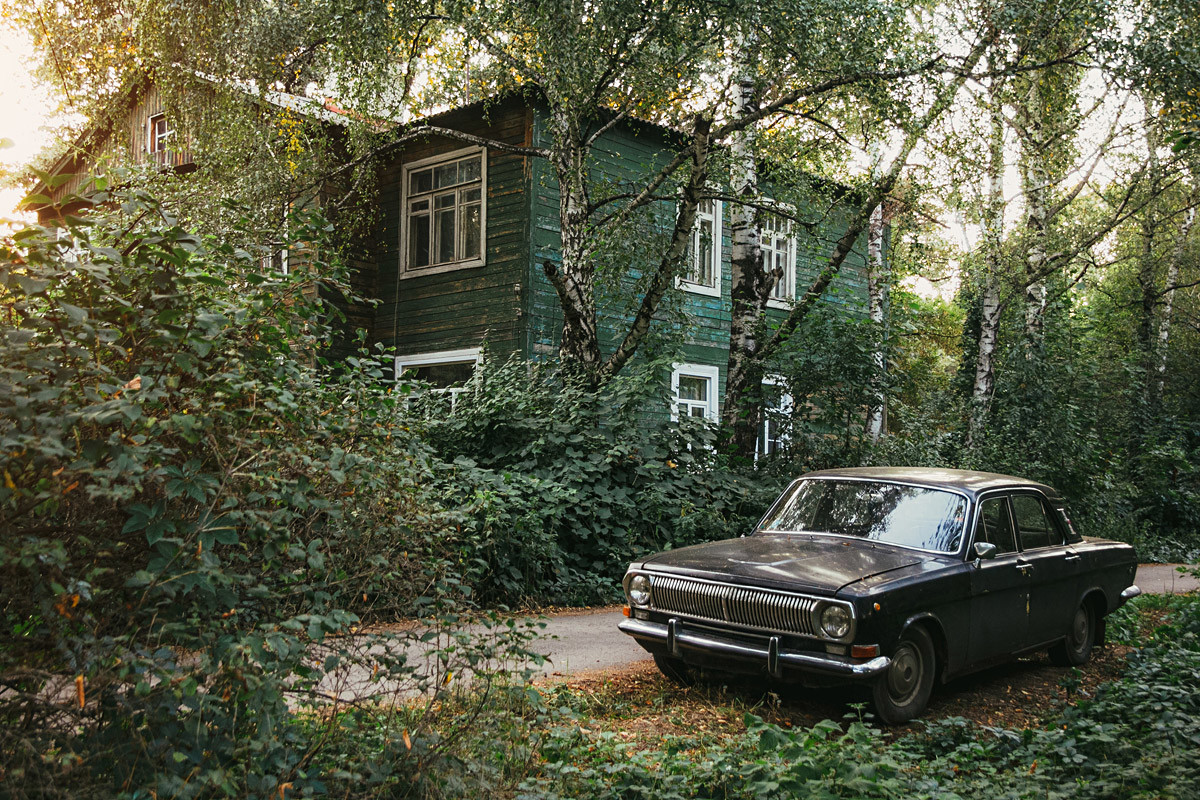
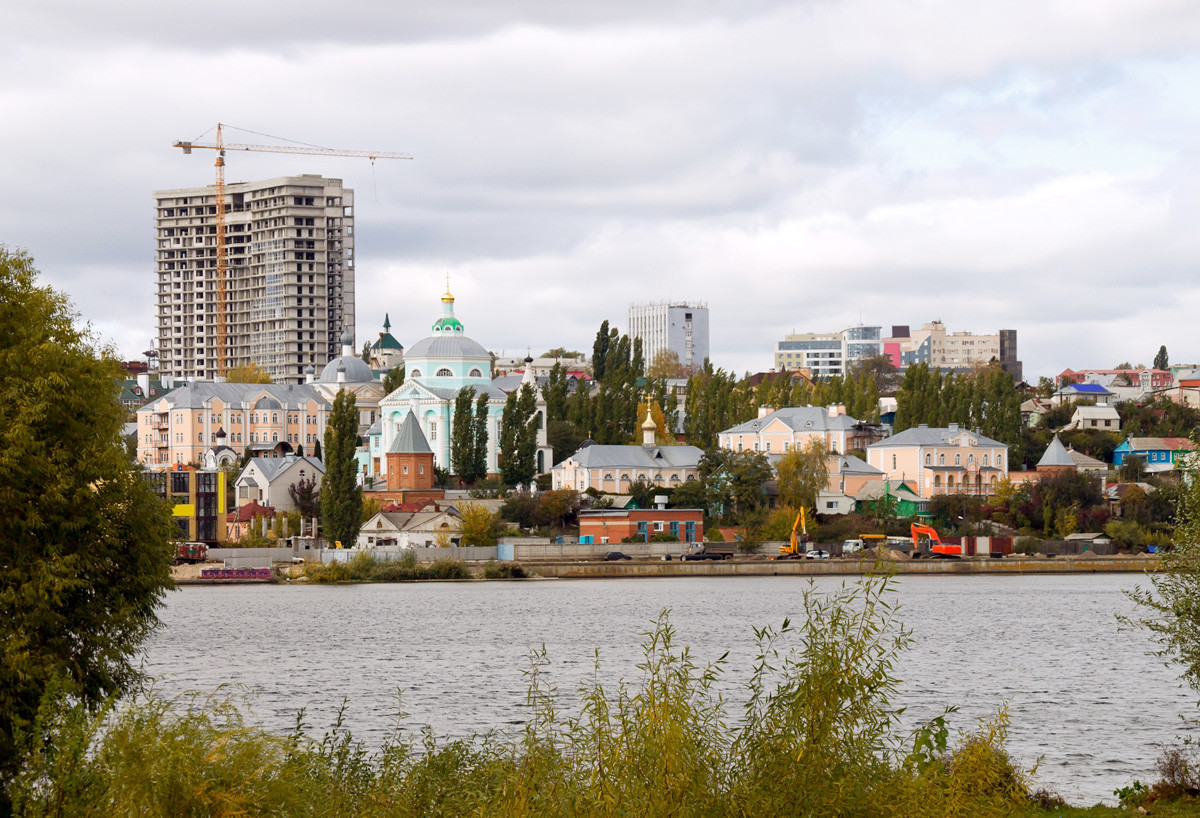
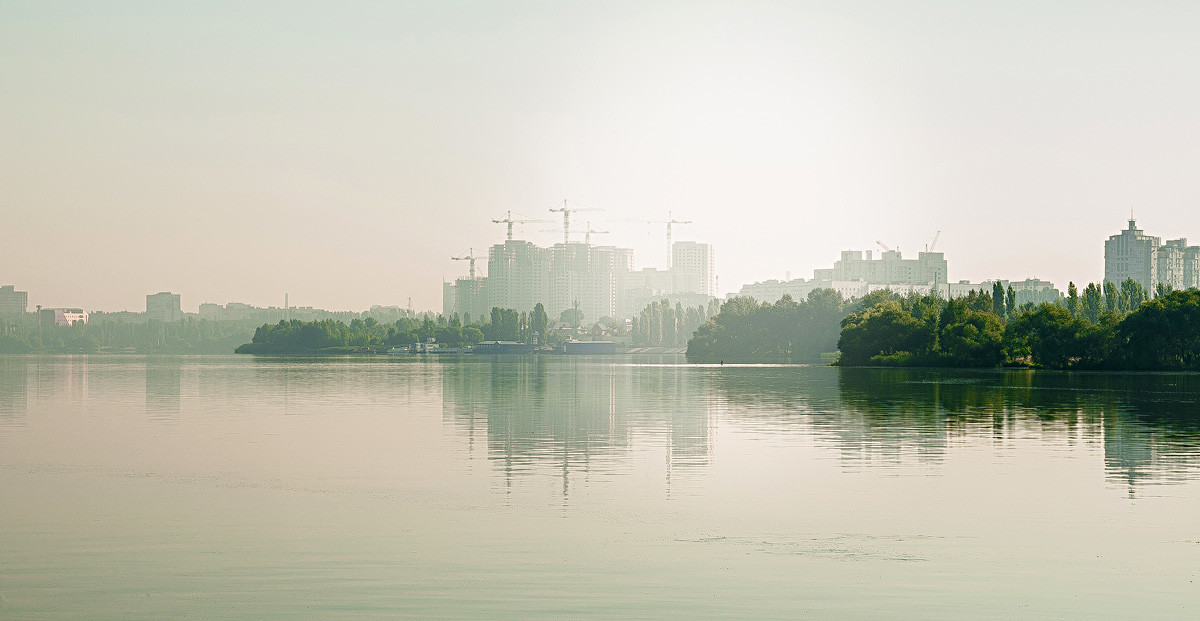
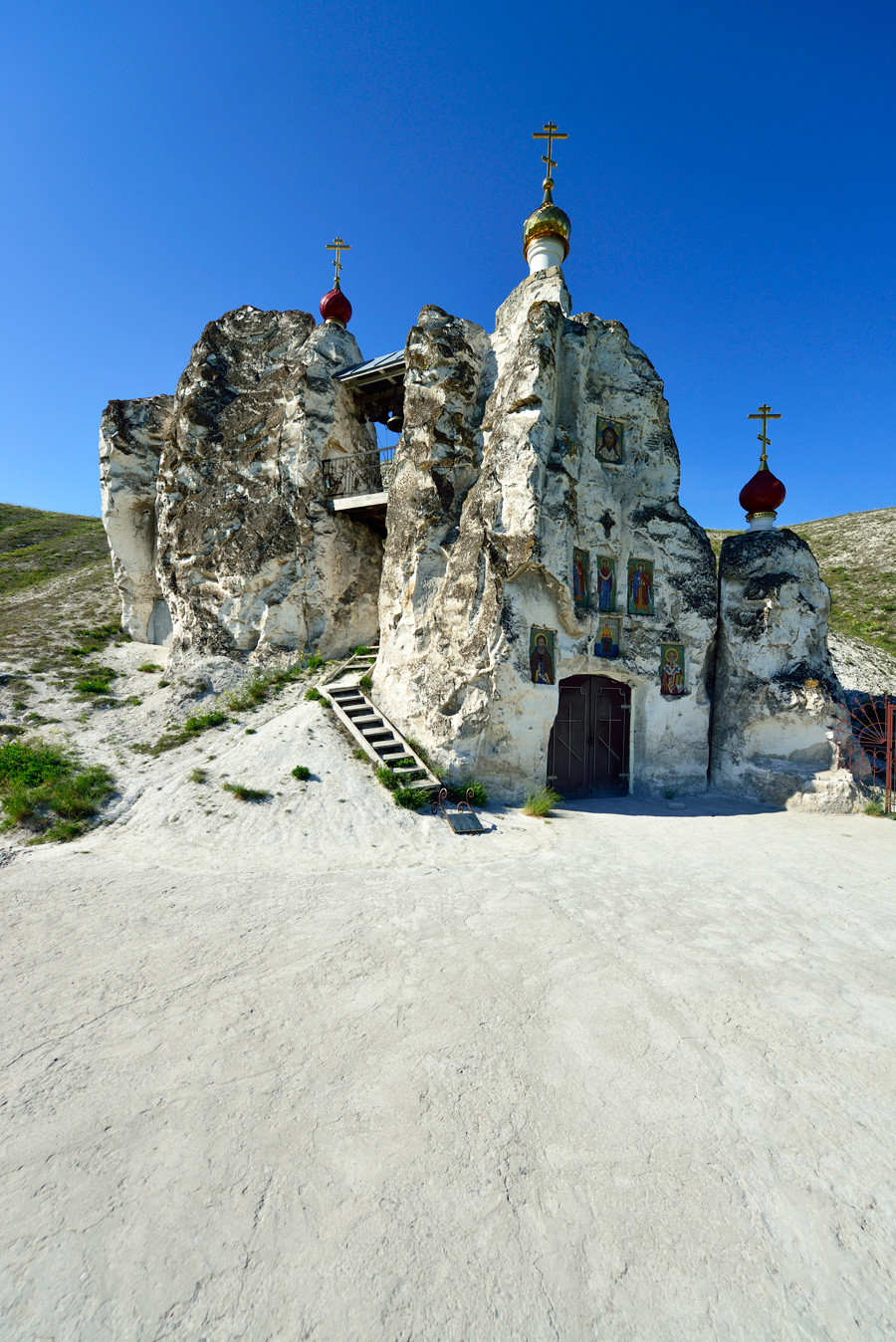
One of the Divnogorye churches.
Legion MediaThe steppe lands around Voronezh contain many fascinating things: 140 km south of the city stands the picturesque Divnogorye plateau with chalky pillars reminiscent of Britain’s Stonehenge, as well as churches carved in the white rocks, a 17th-century monastery, and the remains of medieval fortresses.
That said, all the sights in the nearby town of Divnogorsk are a picture of modernity compared to the exhibits of Kostenki, a village 70 km from Voronezh. The local museum houses mammoth bones and everyday items of the Upper Paleolithic people, who inhabited the region around 45,000 years ago. The soil in Kostenki (the name means “small bones”) is so full of Stone Age sites that the remains of mammoths turn up literally in people’s back gardens

Kostenki panorama.
Oleg YegorovKostenki is so remarkable we made a separate article on its ancient treasures. Did you know it might be the oldest place in Europe people ever lived in?
If using any of Russia Beyond's content, partly or in full, always provide an active hyperlink to the original material.
Subscribe
to our newsletter!
Get the week's best stories straight to your inbox